![]() Posted by Cameron Francis
on
31 Mar , 2016
in
News Uncategorized
Posted by Cameron Francis
on
31 Mar , 2016
in
News Uncategorized
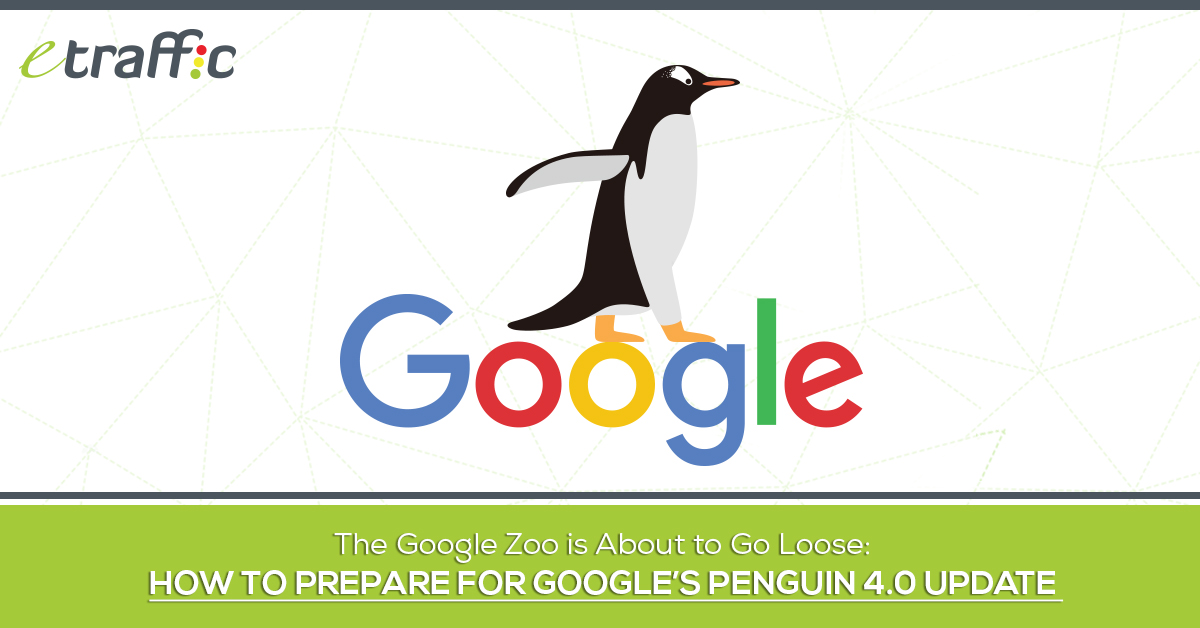

Algorithm updates from Google are like thunderstorms; they begin with audible ramblings and hit with an incredible force.
Like a fearsome impending tornado, the updates twist and twirl in the mind of SEOs and webmasters long before they come into effect.
They are the cause of many restless days and sleepless nights among digital marketers.

Nevertheless, just as the best defence against an impending thunderstorm is preparation, so is the best defence against the impact of the next Google Search Algorithm update.
Google is about to release Penguin 4.0 in the looming near future.
The algorithm update is in fact overdue.
Everyone expected Google to release it in December 2015; however, due to the holidays, the release was postponed to this year.
Many webmasters believe that Penguin 4.0 will go online in April. You can almost smell the anxiety and trepidation in the interwebs.

Google unleashed the first Penguin update on April 24, 2012.
The first Penguin to come loose from the Google Zoo had one major goal: to decrease the search rankings of websites that were in breach of Google’s Webmaster Guidelines.
The update went after websites that were using spammy links and shady SEO tactics to get rankings.
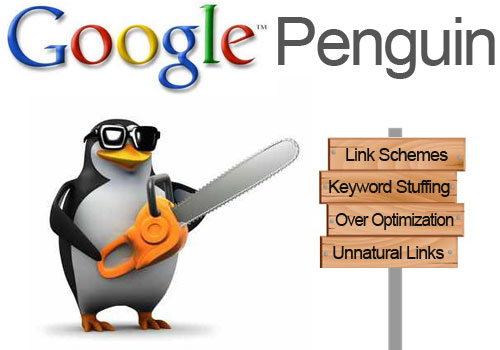
These tactics included
Immediately after the first Penguin went live, webmasters around the world felt the impact.

By the time Google was rolling out Penguin 2.0 and 3.0, many webmasters had already gotten the message loud and clear.
Once there is news of a new update, they had to analyse their link profiles and remove any suspicious backlinks.
But so we are clear, it is not just the masters of Black Hat SEO who run the risk of having their websites removed from the search engine by an update.
Many factors can make an honest business that has never heard the word ‘Black Hat’ disappear from the SERPs in the next major Penguin update!
A link building strategy such as guest blogging, which is considered top of the white hat SEO strategies, might have become spammy in an unlikely but entirely possible manner.
And, we have not even mentioned competitors who maliciously build spammy backlinks to your site.
So, whether you’ve been trying to game Google or you have been following every rule in the book, you need to take certain precautionary measures to ensure the next Penguin update has very little if any impact on your rankings.
Having a clean backlink slate is the only way to ensure you are safe from the next Google Penguin update.
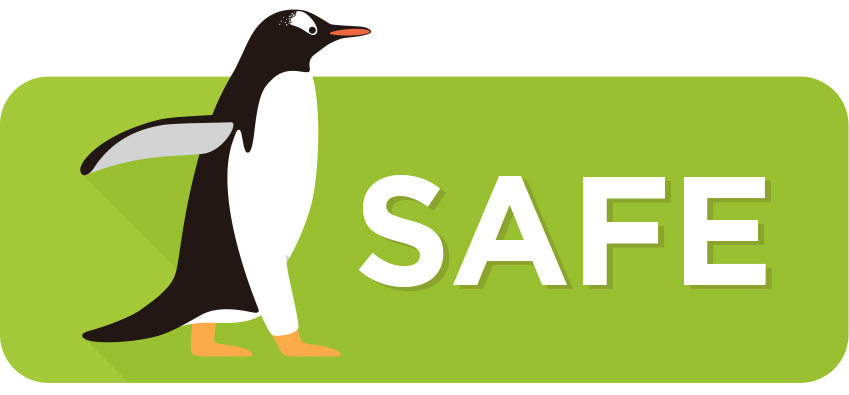
What’s your current state?
You can access the quality of links pointing to your site by using tools such as
These tools will give you the complete data of who is linking to your content.
The next step is to analyse all these backlinks and identify the ones that may put you on the spot with the Penguin update.
Most webmasters can identify low-quality backlinks simply by looking at the data they get from the SEO tools mentioned above.
Here are some of the steps that I personally use to identify sites that I don’t want linking back to me:
If you find toxic links pointing back to your website, you need to take action before the Penguin is unleashed:
Your first recourse should be to manually contact all webmasters of the domains and request them to remove your link from their website.
If you don’t get a response from them, the next step is to disavow the links using the Google Disavow Tool.
The Disavow Tool alerts Google not to consider the links when they are determining rank for your website.
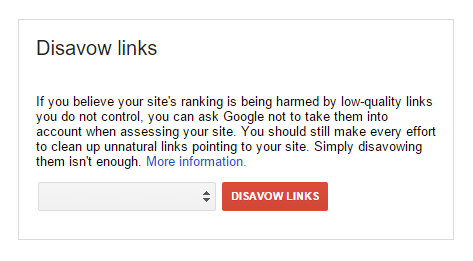
At times, even the most prepared SEO can get caught in the storm.
If for some reason (that you don’t understand) Penguin 4.0 pecks your rankings, don’t despair.
It is not the end of the story.
You can recover from a Google Penguin penalty.
But first, you need to know whether you have actually been penalised.
The fastest way to check is to observe your traffic a few days after the release of the Penguin 4.0 algorithm.
An unexplainable dip in website traffic is a probable indicator that your website was penalised.

Fruition also has a fancy tool that you can use to check for Penguin hits.
Simply Google ‘Fruition Google Penalty Checker.’ It will bring up the tool that you can use to check whether you’ve been penalised.
Removing bad backlinks and disavowing the others, the same process you had followed to mitigate a penalty, is also the way to remove a Penguin penalty.
Disavowing links will hurt your rankings at first.
However, despite the risk, you must disavow all the poor quality backlinks.
You will need to devise a strategy for building high quality backlinks to replace the lost ones. Although link building is a continuous process that should never stop, you will need to double up your efforts after you have disavowed links.
Consider using some or all of the following white hat strategies to regrow your backlinks profile:
With proper preparation, you can protect your website from the upcoming Google Penguin 4.0!
Remember, whether you have been spamming Google or not does not matter.
Every website owner, even the one who’s never built a single link to their website, needs to analyse their link profiles with a magnifying glass.
No one is ever safe.
Although constant monitoring has always been advised, the post Penguin 4.0 days will make ongoing monitoring more critical.
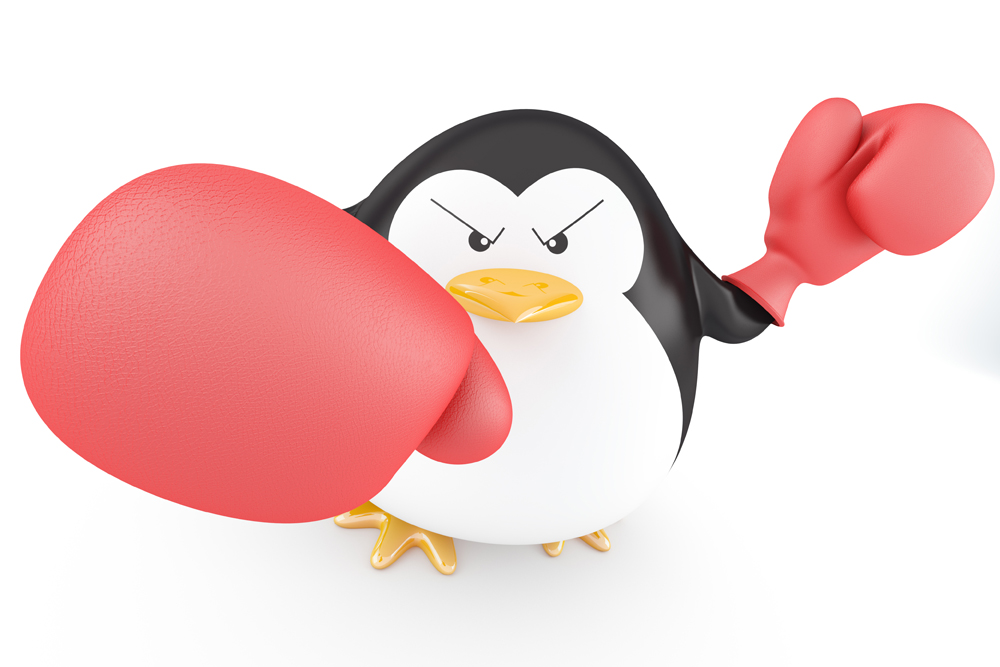
The Penguin will work in real-time.
You won’t get a warning bell before your website gets pecked.